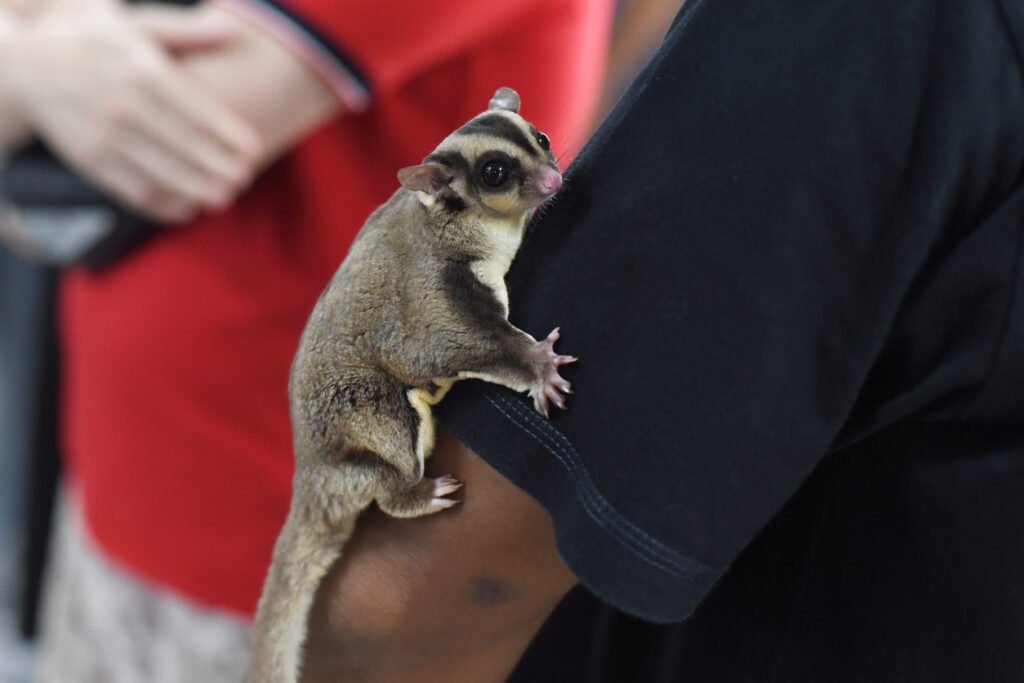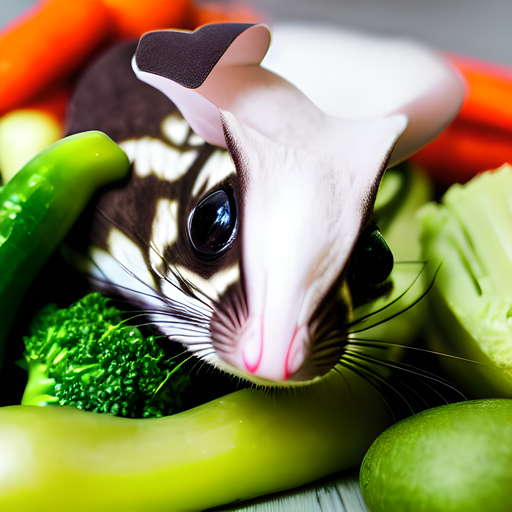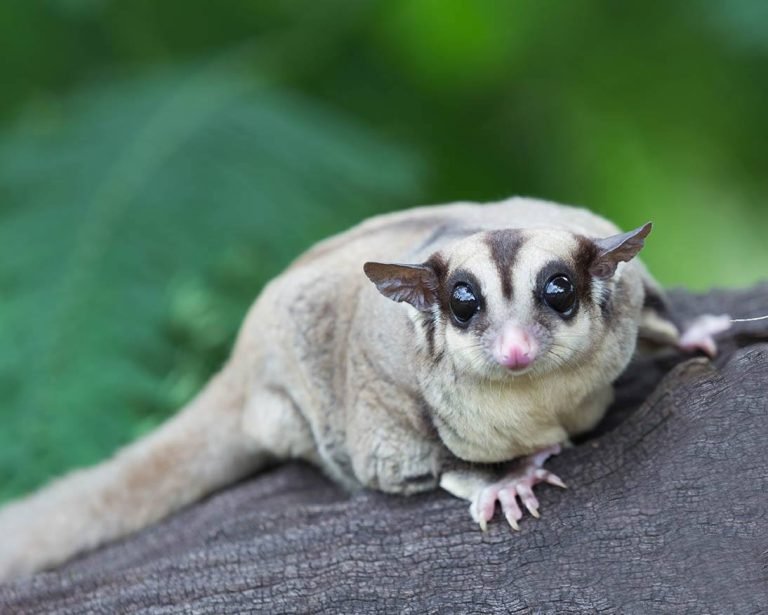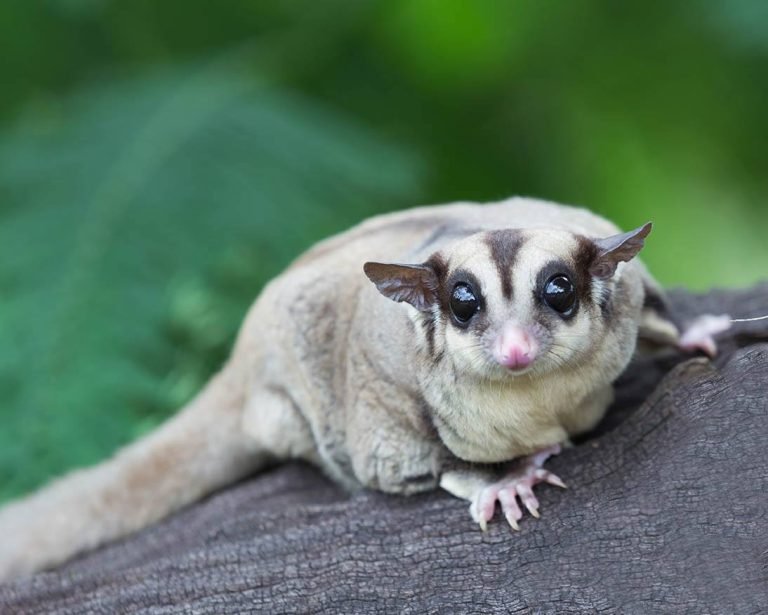Sugar Gliders in Alaska: Surviving the Northern Wilderness
Sugar Gliders are tiny, cute creatures. They are nocturnal and love to glide. But can they live in Alaska? Let’s find out!
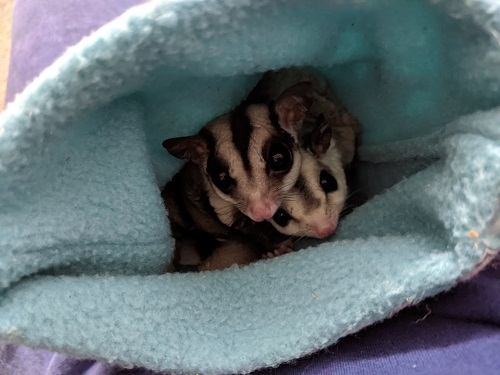
Credit: gocompassrealty.com
What Are Sugar Gliders?
Sugar Gliders are small marsupials. They come from Australia, New Guinea, and Indonesia. They get their name from their love for sweet foods and their ability to glide. They have a membrane called the patagium, which helps them glide from tree to tree.
Physical Characteristics
- Weight: 4-5 ounces
- Length: 9-12 inches (including tail)
- Color: Gray with a black stripe down their back
- Lifespan: 10-15 years
Sugar Gliders in Alaska: Can They Adapt?
Alaska is very cold. Sugar Gliders come from warm places. This makes it tricky for them to live in Alaska. But with care, they can adapt.
Temperature Control
Sugar Gliders need warmth. Keep their cage in a warm room. Use heating pads if needed. The ideal temperature is between 75-80 degrees Fahrenheit.
Cage Setup
The cage should be spacious. Add branches and toys for climbing. Include a nesting box for sleeping. Line the bottom with soft bedding.
Diet and Nutrition
Sugar Gliders have a varied diet. They eat fruits, vegetables, and proteins. In the wild, they also eat nectar and insects.
Foods To Include
- Fruits: Apples, grapes, and berries
- Vegetables: Carrots, sweet potatoes, and leafy greens
- Proteins: Boiled chicken, eggs, and mealworms
- Nectar: Store-bought or homemade
Foods To Avoid
- Chocolate
- Caffeine
- Onions
- Garlic
- Processed foods
Caring for Sugar Gliders in Alaska
Interaction And Playtime
Sugar Gliders are social animals. They need interaction. Spend time with them daily. Let them glide and play in a safe space.
Health Care
Regular vet visits are crucial. Find a vet experienced with exotic pets. Watch for signs of illness. Common signs include lethargy, loss of appetite, and changes in behavior.
Common Health Issues
| Health Issue | Symptoms | Treatment |
|---|---|---|
| Dehydration | Sunken eyes, lethargy | Provide fresh water, see a vet |
| Obesity | Weight gain, lethargy | Balanced diet, more exercise |
| Parasites | Scratching, hair loss | Vet treatment, clean cage |
Credit: www.adfg.alaska.gov
Legal Considerations
Before getting a Sugar Glider, check local laws. Some places have restrictions on exotic pets. Make sure you are allowed to keep them in Alaska.
Permits And Regulations
Some areas require permits. Contact your local wildlife agency. They can provide the necessary information. Always follow the rules to avoid problems.
Frequently Asked Questions
Can Sugar Gliders Survive In Alaska?
Sugar gliders cannot survive outdoors in Alaska. They need warm temperatures and a controlled indoor environment.
What Do Sugar Gliders Eat In Alaska?
Sugar gliders eat a diet of fresh fruits, vegetables, and specialized pellets. Avoid feeding them processed or sugary foods.
Are Sugar Gliders Legal Pets In Alaska?
Yes, sugar gliders are legal pets in Alaska. Ensure you provide proper care and meet their unique needs.
Conclusion
Sugar gliders in Alaska with proper care. Keep them warm, fed, and healthy. Spend time with them daily. Make sure to follow local laws. With love and care, your Sugar Glider will thrive in Alaska.
Frequently Asked Questions
1. Can Sugar Gliders Survive In Cold Climates?
They can, but they need a warm environment. Keep their cage warm and cozy.
2. What Should I Feed My Sugar Glider?
Feed them fruits, vegetables, and proteins. Avoid chocolate, caffeine, onions, and garlic.
3. Are Sugar Gliders Legal In Alaska?
Check local laws. Some areas have restrictions on exotic pets.
4. How Often Should I Take My Sugar Glider To The Vet?
Regular check-ups are important. At least once a year, or if you notice any health issues.
5. Do Sugar Gliders Need A Lot Of Attention?
Yes, they are social animals. Spend time with them every day.
In summary, Sugar Gliders can be wonderful pets in Alaska. They require special care and attention. Follow these guidelines to ensure they live a happy and healthy life.

